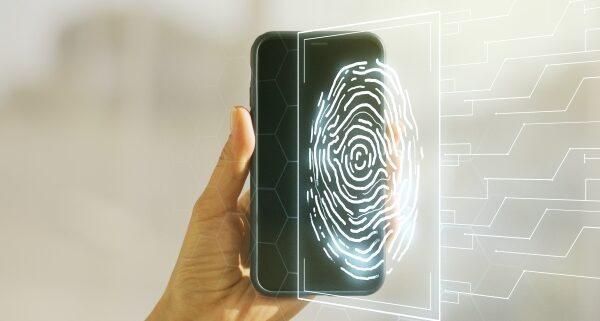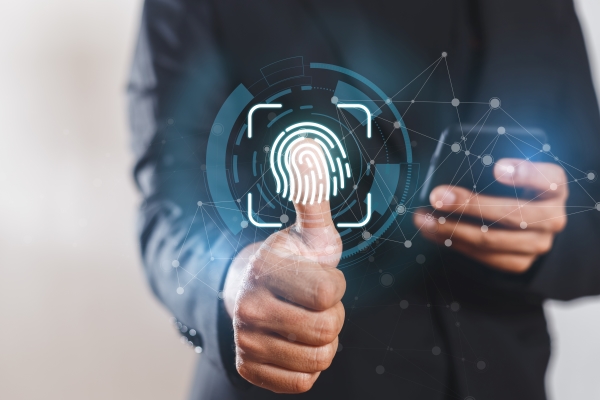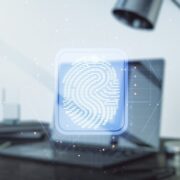What is Mobile Fingerprinting and How Does It Work
The world we live in is constantly evolving, and technological advancements continue to push the boundaries of what we thought was possible. One area that has seen significant growth is identification and security, and mobile fingerprinting is taking center stage as the future of identification.
With the rise of smartphones and mobile devices, it is only fitting that we start to see biometric technologies integrated into our everyday lives. Mobile fingerprinting is a promising development that has the potential to revolutionize the way we identify ourselves for everything from accessing our bank accounts to boarding a plane.
In this article, we’ll explore the exciting advancements in mobile fingerprinting technology and how it’s shaping the future of identification. So sit back, relax, and prepare to have your mind blown by the possibilities of mobile fingerprinting.
What Is Mobile Fingerprinting?
Mobile fingerprinting is the use of biometric technologies to verify a person’s identity using their fingerprints. It’s a process that’s been around for a while, but it’s only in recent years that it’s started to gain traction in the mainstream.
The technology is designed to be used on mobile devices, such as smartphones and tablets, and is often used as a replacement for traditional passwords and PINs. Instead of typing in a code, users simply place their finger on the device’s fingerprint scanner, and the technology does the rest.
Mobile fingerprinting has the potential to be a game-changer in the world of identification, as it offers a level of security that traditional methods can’t match. This is because fingerprints are unique to each individual, and someone can’t replicate them. As a result, mobile fingerprinting is seen as a more secure way to authenticate a person’s identity.
How Does Mobile Fingerprinting Work?
Mobile fingerprinting works by using a small sensor that’s embedded in the device’s screen or home button. When a user places their finger on the sensor, it captures an image of their fingerprint and compares it to the one that’s stored on file. If the two prints match, the user is granted access to the device or the app they’re trying to use.
The process is relatively quick and seamless, and it’s designed to be as user-friendly as possible. Most devices that use mobile fingerprinting will prompt the user to set up their fingerprint as part of the initial setup process, and from there, it’s simply a matter of placing their finger on the sensor to unlock the device.
The History Of Fingerprint Identification
The use of fingerprints for identification purposes dates back to ancient Babylon, where fingerprints were used on clay tablets for business transactions. However, it wasn’t until the late 19th century that fingerprints were first used as a method of identification in criminal investigations.
Over the years, fingerprint identification has become an essential tool in law enforcement, and it’s now used in countries all over the world. However, it’s only in recent years that the technology has started to be used in other areas, such as mobile authentication.
The police station, the airport, and now your phone – fingerprint identification is quickly becoming a part of our everyday lives.
Other methods involve children fingerprinted for school attendance, and for safety initiatives in one’s house.
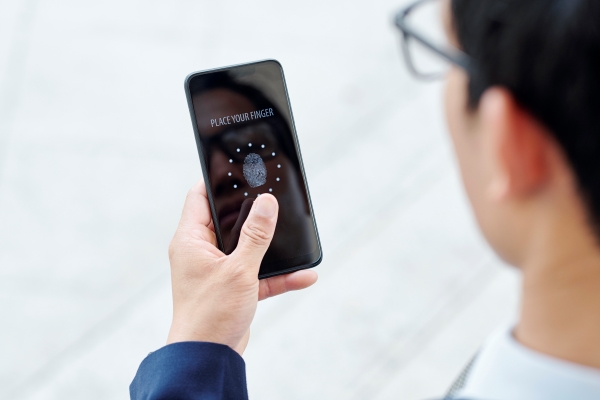
The Benefits Of Mobile Fingerprinting
There are several benefits to using mobile fingerprinting as a method of authentication.

Track User Behavior
Mobile fingerprinting also provides companies with the ability to track user behavior across various online platforms and devices.
This helps them build detailed profiles of their customers and understand what content is likely to be effective in marketing campaigns. It also makes it easier for companies to detect fraud and protect their brand from malicious activities.
Office fingerprinting requires that users register their fingerprints before they can access the premises. This helps to reduce identity theft and unauthorized access, as it ensures that only authorized personnel are allowed in the building.
Compliance With Relevant Regulations
In addition, mobile fingerprinting allows businesses to ensure compliance with relevant regulations such as GDPR and COPPA (Children’s Online Privacy Protection Act).
By gathering data about what language preference has been set on a device, what country or region it is located in, what type of operating system it runs on, etc., companies can ensure they are only sending personalized messages and ads that comply with laws and regulations.
User Authentication And Security
Mobile fingerprinting is essential for user authentication and security purposes. By comparing what data already exists in a company’s database with what is collected from the device, businesses can determine if the person using the device is who they claim to be and protect their accounts from unauthorized access.
Browser cookies, geolocation data, and other technologies can also be used to detect fraud. For large groups, network-level authentication can be used to confirm the identity of an individual.

Mobile Fingerprinting Vs Traditional Identification Methods
Mobile fingerprinting is often compared to traditional identification methods, such as passwords and PINs. While both methods have their pros and cons, mobile fingerprinting is generally considered to be a more secure and convenient way to authenticate a person’s identity as compared to ink fingerprinting.
Another advantage of mobile fingerprinting is that it’s faster and more convenient than traditional methods. Instead of having to type in a code every time you want to access an app or service, you can simply place your finger on the device’s sensor. This makes it easier for people to access the things they need without having to waste time remembering codes or carrying around physical tokens.
Mobile Fingerprinting In Everyday Life
Mobile fingerprinting is already being used in a variety of industries, from banking to healthcare. In the banking industry, for example, many banks now allow customers to access their accounts using mobile fingerprinting. This makes it easier for people to manage their finances on the go and reduces the risk of fraud.
Government employees are also increasingly using mobile fingerprinting for access to secure areas, as it provides an additional layer of security and allows organizations to monitor who is accessing what areas.
In the healthcare industry, mobile fingerprinting is used to verify a patient’s identity before they receive treatment. This helps to ensure that patients receive the correct care and that their medical records are accurate.
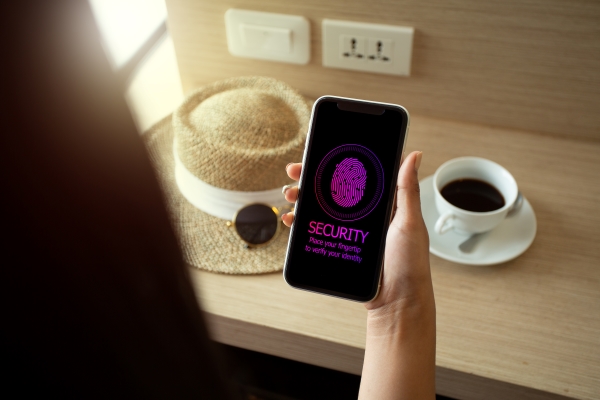
The Future Of Mobile Fingerprinting
The future of mobile fingerprinting is bright, with many exciting advancements on the horizon. One of the most promising developments is the use of mobile fingerprinting for payments.
Many financial institutions are now exploring the use of mobile fingerprinting as a way to authenticate payments, which could revolutionize the way we pay for goods and services.
Another exciting development is the use of mobile fingerprinting in the automotive industry. Many car manufacturers are now exploring the use of mobile fingerprinting as a way to unlock cars and personalize the driving experience. This could help to reduce the risk of car theft and make driving safer and more convenient.
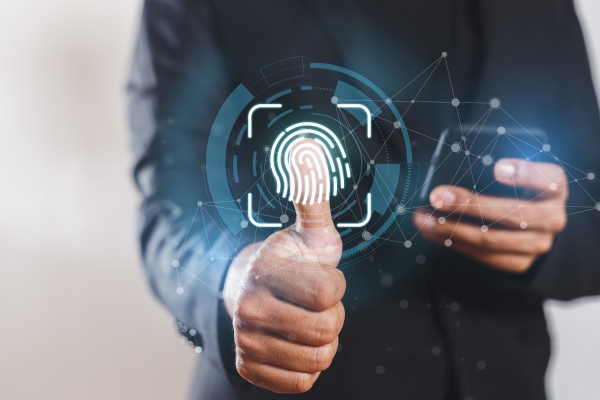
How Businesses And Organizations Can Implement Mobile Fingerprinting Technology
Background checks, associate fingerprint collection and management, biometric authentication for secure access to sensitive data, and in-person identity verification are all use cases where businesses or organizations can incorporate mobile fingerprinting technology. Whole office fingerprinting systems can be implemented with the use of a mobile biometric reader connected to the company’s IT system.
If you’re a business owner or organization looking to implement mobile fingerprinting technology, there are several things you’ll need to consider. First and foremost, you’ll need to choose the right technology provider. Many companies offer mobile fingerprinting solutions, so it’s important to choose one that’s reputable and has a proven track record.
You’ll also need to ensure that your employees or customers are comfortable with using the technology. This may involve providing training or educational materials to help people understand how mobile fingerprinting works and why it’s important.
Finally, you’ll need to ensure that your mobile fingerprinting system is secure and compliant with all relevant regulations. This may involve working with a security consultant or legal expert to ensure that your system meets all necessary standards.
Mobile Fingerprinting Service With 1st Choice
Mobile device fingerprinting can help to protect your business and its customers from fraud and identity theft. A fingerprinting center is where you can provide a physical fingerprint scan of your customers, store the data securely and track the activity of employees.
Mobile fingerprinting services with 1st Choice make it easier than ever to authenticate customers and employees using their fingerprints. Our mobile fingerprinting solutions are secure, accurate, and compliant with all relevant regulations.
We also offer comprehensive customer support and training materials to help you implement the technology in your organization. So what are you waiting for? Contact us today to learn more about how mobile fingerprinting can help your business or organization!
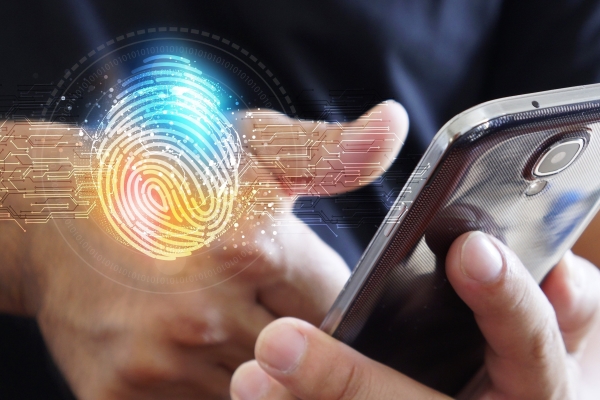
Conclusion
Mobile fingerprinting is an exciting development that has the potential to revolutionize the way we identify ourselves. It’s more secure and more convenient than traditional identification methods, and it’s already being used in a variety of industries.
As technology continues to evolve, we can expect to see even more exciting advancements in the years to come. Whether you’re a business owner, a consumer, or just someone interested in the latest technology trends, mobile fingerprinting is something to keep an eye on.

